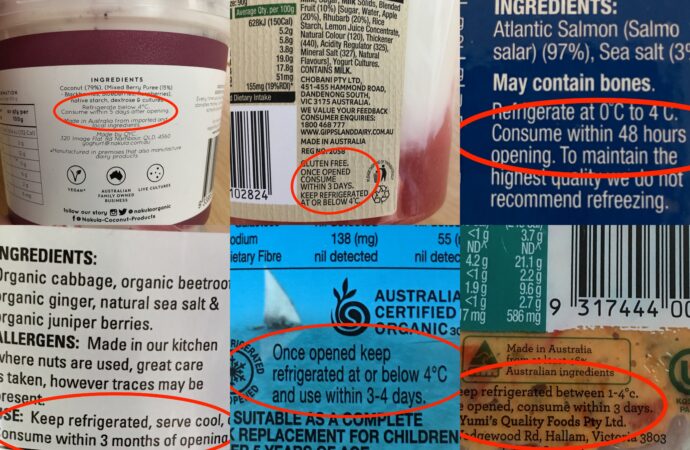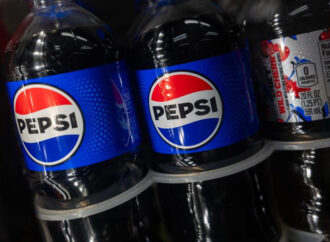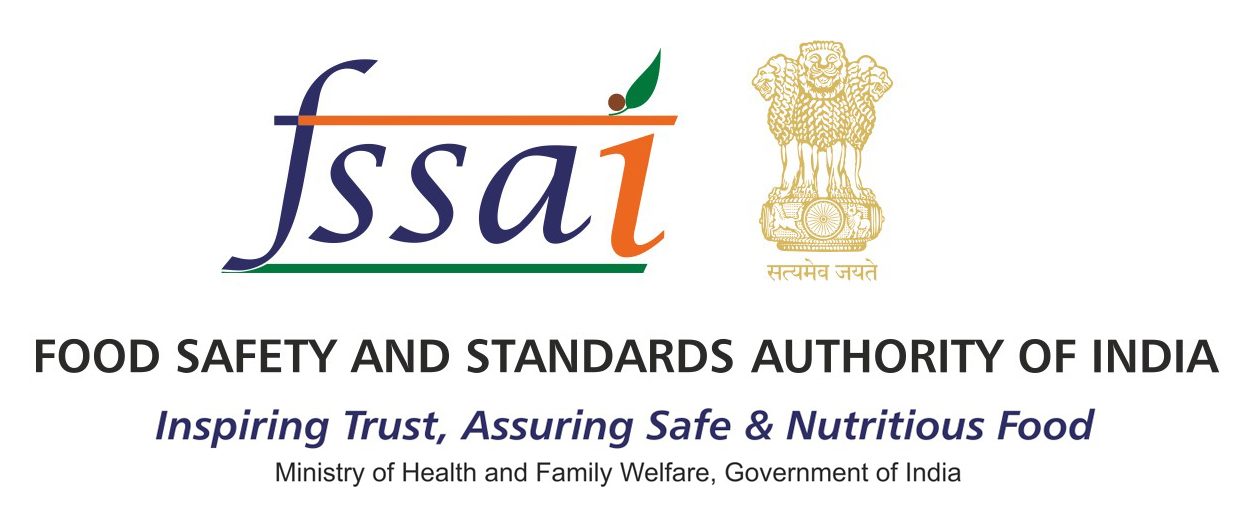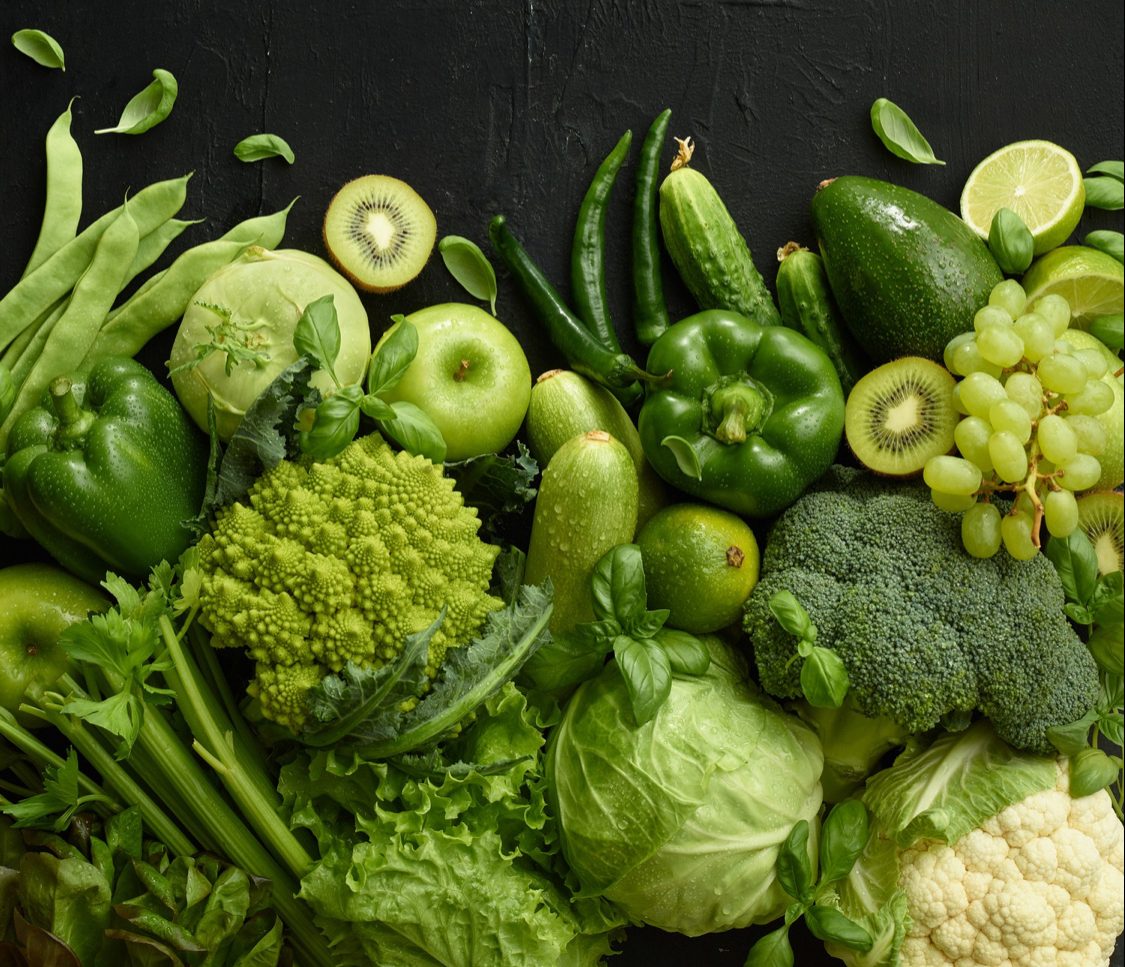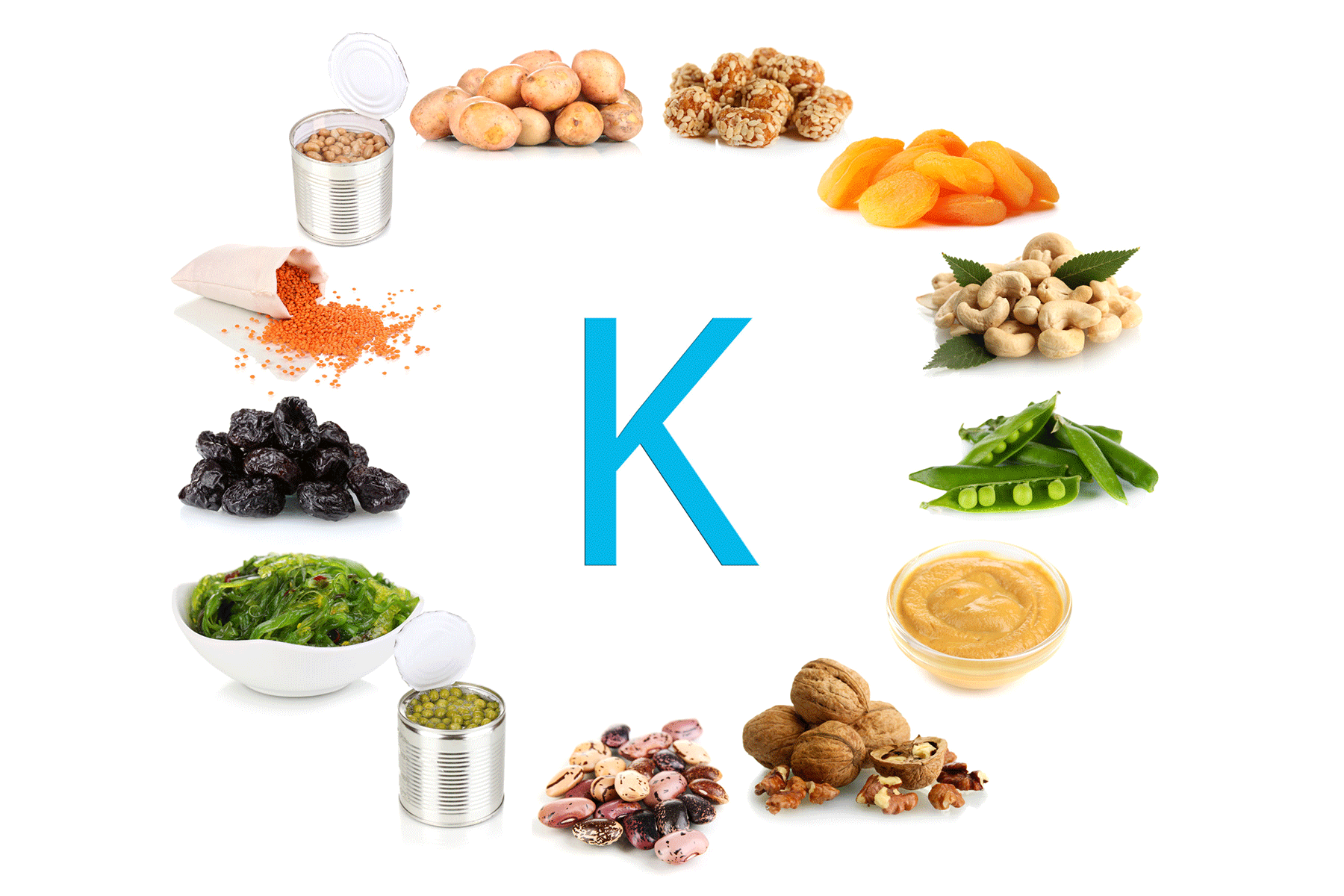When buying packaged food, you’ll often see two expiry instructions: one for how long the product lasts unopened, and another for how soon it should be consumed once opened. This dual labelling can feel confusing, but it is vital for keeping food safe and fresh. Before opening, airtight packaging and preservatives protect the product, but exposure to air, moisture, and bacteria after opening reduces its shelf life significantly. Following both timelines helps prevent spoilage and foodborne illness, ensuring you enjoy fresh, safe food while minimising waste. Understanding these labels empowers you to store and consume food properly every time.
What Do These Labels Mean?

Most packaged foods include a “Best Before” or “Use By” date, which applies only if the product remains unopened and properly stored. These dates assume the packaging is intact, preventing contamination and spoilage. However, once opened, the product is exposed to air, moisture, bacteria, and light—all of which accelerate deterioration. That’s why a second shelf life begins, usually indicated by phrases like:
-
“Consume within X days of opening”
-
“Refrigerate after opening and use within Y days”
These post-opening timelines vary by product. Unlike pre-printed expiry dates, manufacturers can’t predict when you’ll open a package, so they provide general guidance such as:
“Best before: 12 Oct 2025. Once opened, refrigerate and consume within 7 days.”
It’s up to the consumer to note the opening date and follow these instructions to ensure food safety.
Why Following Both Dates Matters
Unopened packaged foods often last longer due to airtight seals, preservatives, and sometimes heat treatments like pasteurisation. But once you break the seal:
- The product loses its protective barrier.
- Air and bacteria can enter and multiply.
- Moisture levels change, which can lead to mould or drying out.
- Temperature control becomes more critical to prevent spoilage.
Ignoring the post-opening instructions increases the risk of foodborne illness, especially in highly perishable items such as dairy products, sauces, and juices. Following both expiry guidelines helps ensure your food stays fresh and safe to eat.
Common Foods With Two Shelf Lives
Here are some everyday foods that usually feature both unopened and after-opening shelf life guidance:
- Tetra pack milk: Unopened lasts up to 6 months; consume within 2 days after opening (if refrigerated).
- Packaged fruit juice (UHT): Unopened lasts up to 6 months; consume within 5–7 days after opening (if refrigerated).
- Mayonnaise: Unopened lasts 6–12 months; use within 1–2 months after opening (if refrigerated).
- Jams and spreads: Unopened, lasts 6–12 months; use within 3–4 weeks after opening (if refrigerated).
- Ready-to-eat sauces: Unopened lasts 6–9 months; use within 1 month after opening.
- Pickles (in brine or oil): Unopened lasts 1–2 years; use within 3–6 months after opening.
- Packaged paneer or cheese: Shelf life varies; generally use within 5–7 days after opening (refrigerated).
Always check the specific label on your product, as shelf life can vary by brand and recipe.
Tips to Keep Opened Food Safe Longer
- Mark the date: Use a marker or label to note when you opened the package.
- Refrigerate immediately: Follow instructions like “refrigerate after opening” strictly.
- Use clean utensils: Avoid dipping hands or dirty spoons into jars to prevent contamination.
- Don’t rely solely on smell or appearance: Spoilage isn’t always visible or detectable by smell.
- Discard when in doubt: If the food smells off, shows mould, or changes texture, throw it away even if it’s within the recommended timeframe.
What Indian Food Safety Regulations Say
The Food Safety and Standards Authority of India (FSSAI) mandates clear labelling on packaged foods, including:
- A marked “Use By” or “Best Before” date.
- Storage instructions before and after opening.
- Guidance on shelf life once opened, especially for perishable items.
Although not all manufacturers consistently include “consume within” instructions, urban and health-conscious markets are seeing this practice grow, especially among imported and premium brands.
Your Role as a Consumer
You play a vital role in food safety by:
- Reading labels carefully.
- Storing products as directed.
- Tracking the date you open packages.
- Using products within the recommended post-opening period.
This is especially important if you have children, elderly family members, or individuals with weakened immune systems at home, where food safety is critical.
Conclusion: Why Both Expiry Dates Matter
Dual expiry dates—one for unopened and one for after opening—are based on sound science about how exposure to air, bacteria, and temperature affects food safety. Paying attention to both dates protects your health and prevents unnecessary food waste. So, next time you reach for that half-used jar or carton in your fridge, remember: it’s not just about the printed expiry date but also about how long it’s been open. Proper storage and timely consumption make all the difference between enjoying fresh, safe food and risking spoilage or illness.
 Food Manifest
Food Manifest 